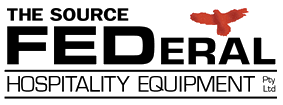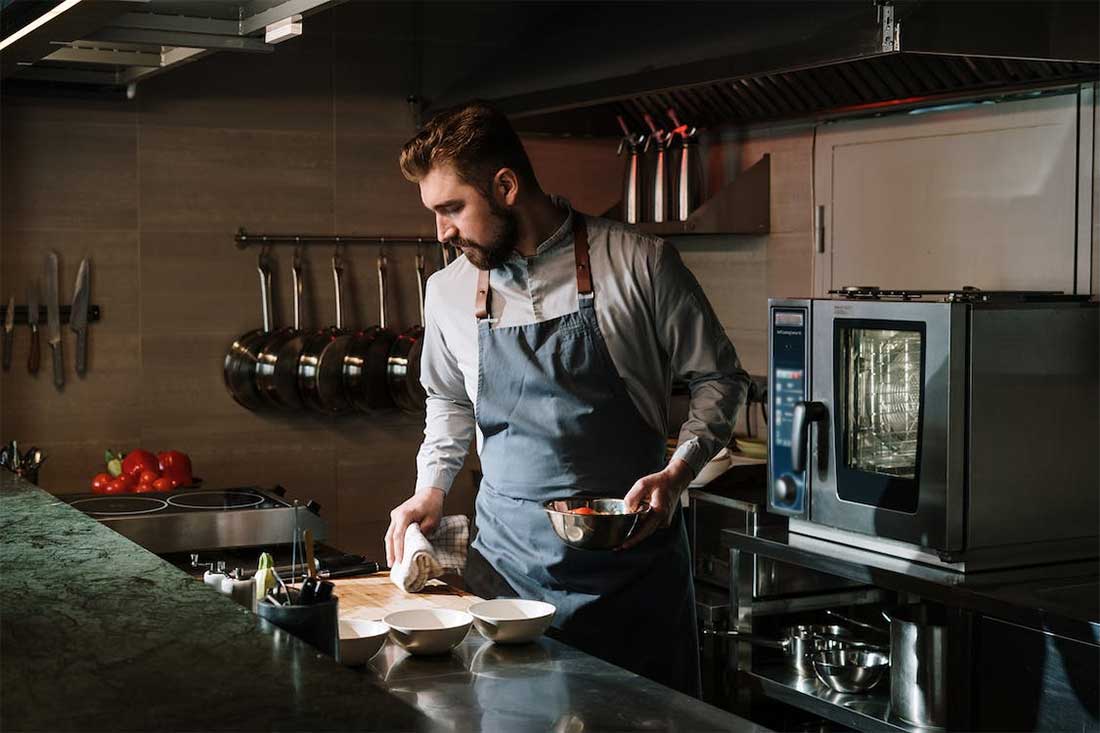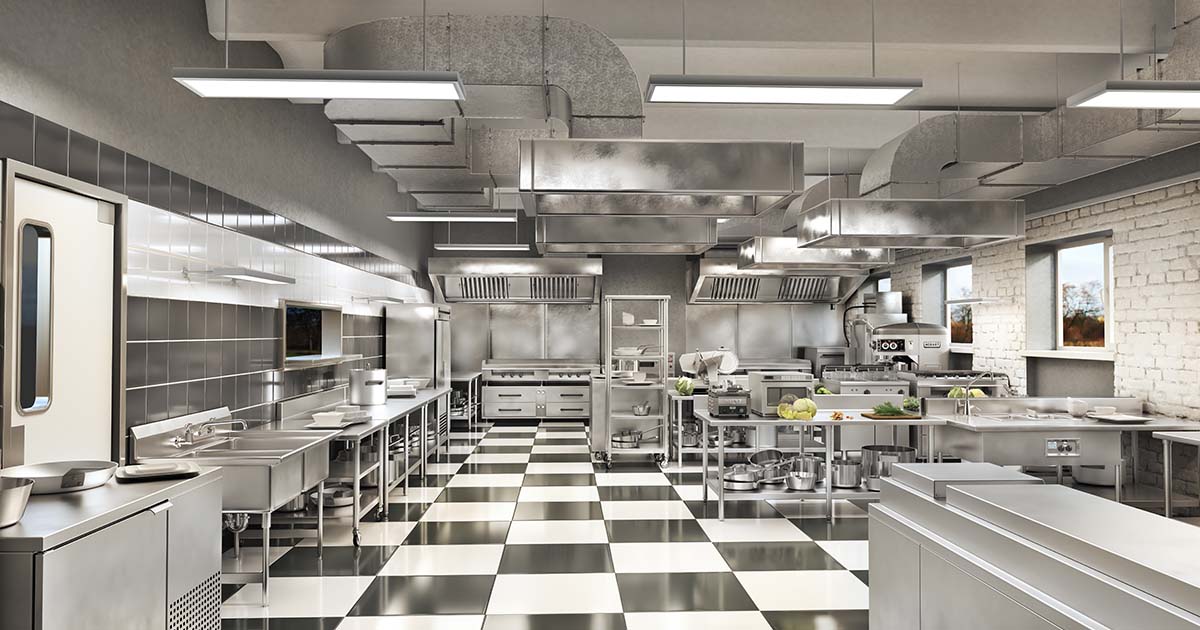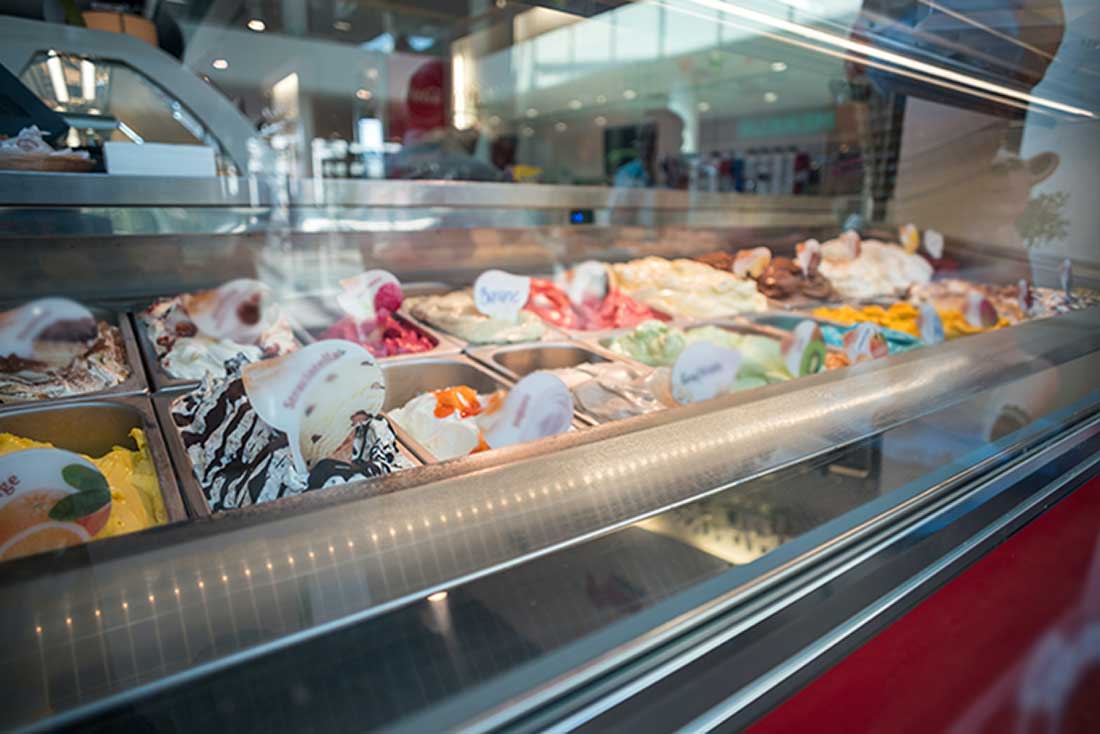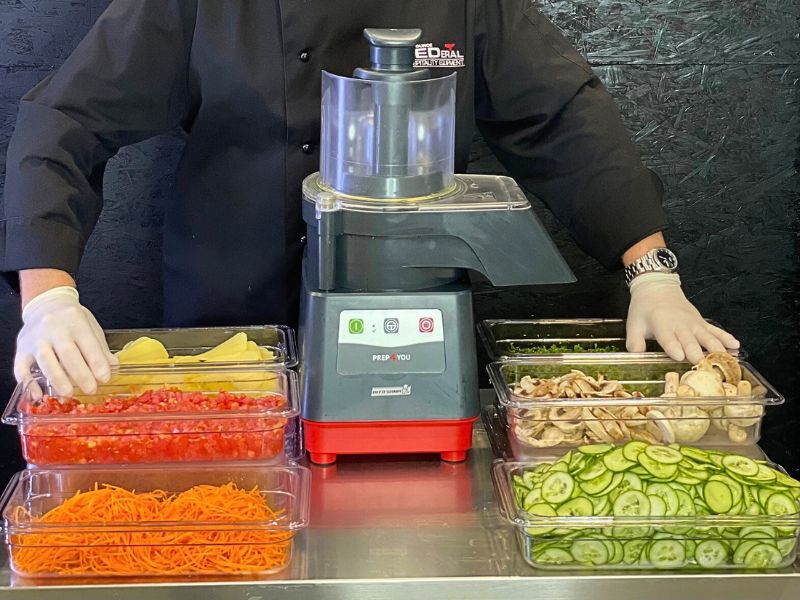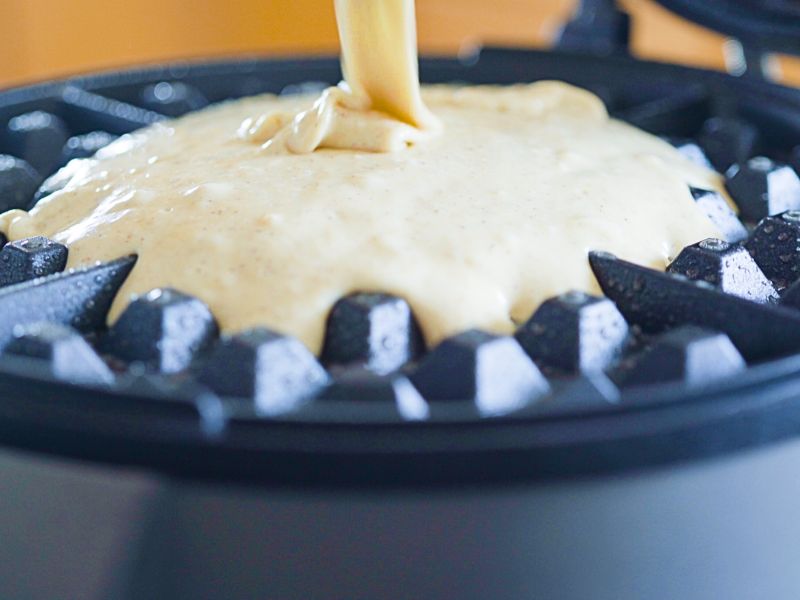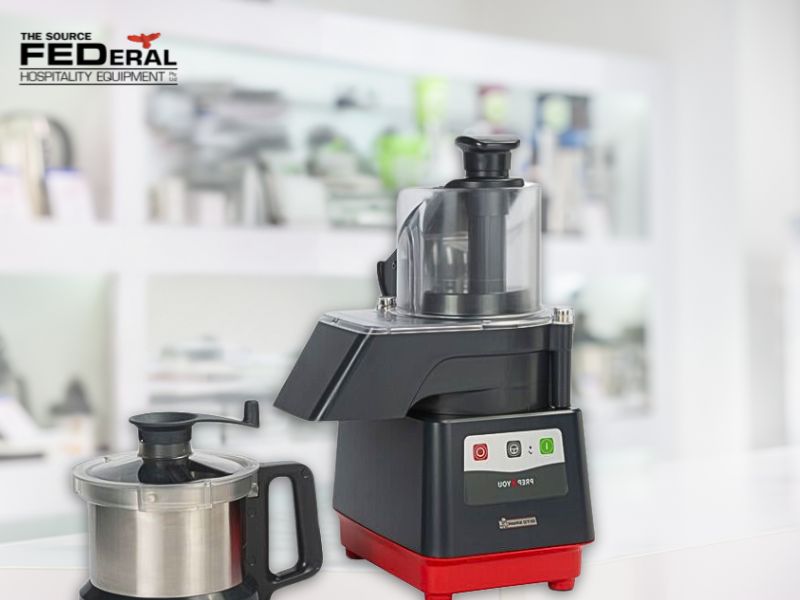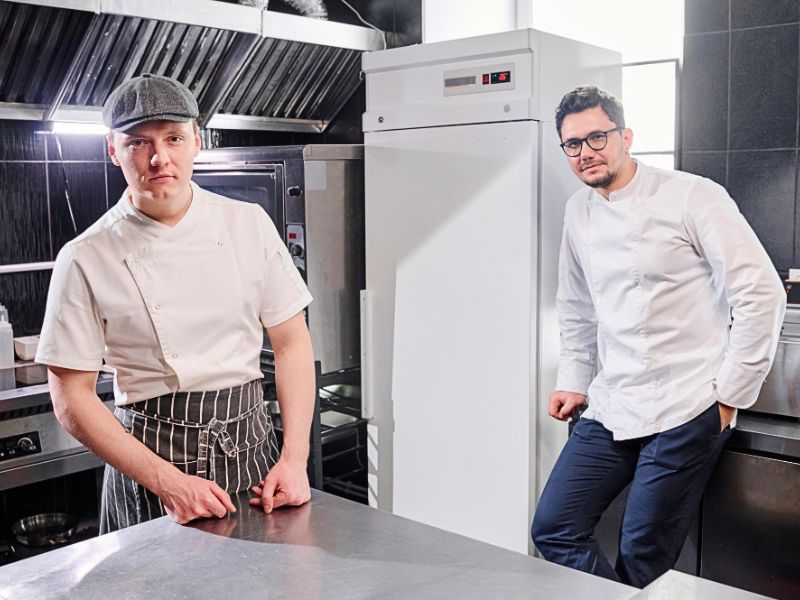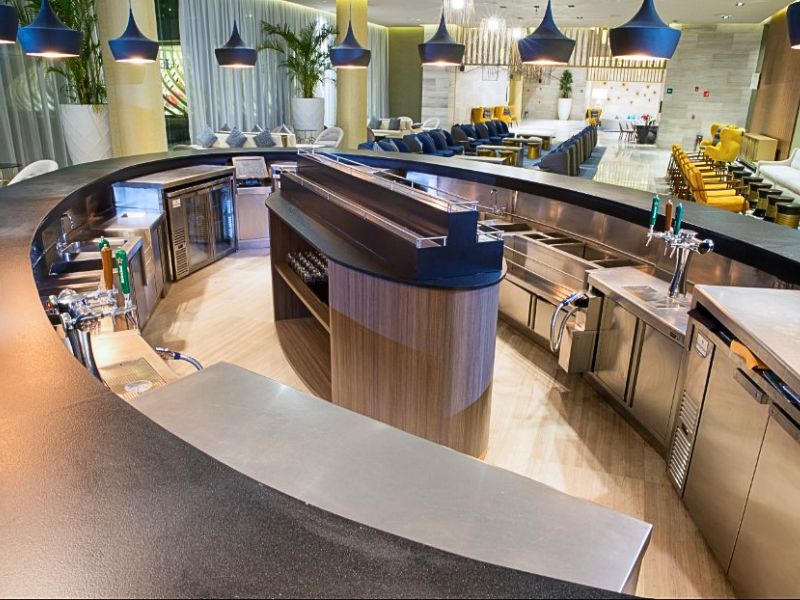A commercial kitchen is filled with busy days. All the chopping, sauteing, frying, plating and everything else in between - you get the picture.
Between cooks and chefs handling three to five tasks at a time and waiters running to tables to give their best smiles, these are everyday scenarios in a food serving business.
The right kitchen equipment and tools can make or break a day. When the day gets ultra-busy, the last thing your staff need is incompetent equipment or tools that make their job hard. With all the action in the kitchen, it takes proper appliances to make those amazing dishes. Investing in the best cooking pieces should be a priority if you are running a commercial kitchen.
If you’re running a tiny professional kitchen serving less than ten patrons a day, then you might get away with using domestic appliances. But, for a busier commercial kitchen, proper equipment and tools are necessary not only for productivity but also for compliance with the laws.
Budget is likely the first thing to take into consideration when equipping your kitchen arsenal. But it should not be. The top consideration is your dishes and from there, you can create dedicated budget segmentation for every piece of equipment or tool that you need to create the dish.
Here is an example worksheet.
|
Dish |
Equipment |
Tools |
Total Budget |
|
Meat pies |
Oven |
Measuring cups Food processor Mixing bowls Rolling pins Pie Pans Pastry brush Paring knife |
$1500-$1800 |
Aside from budget, features, performance, quality, energy efficiency and dimension should be taken into consideration.
Bigger Equipment can Cost a Fortune
For bigger equipment such as refrigeration units or hot food display casing, the most common dilemma is whether to invest in a new one or opt for a pre-loved machine. The larger the equipment, the higher the cost.
If you are planning to run the same business model for at least ten years, then new commercial kitchen equipment is highly recommended. This is because brand-new appliances are built to perform for at least a decade. On other hand, preloved commercial kitchen equipment can be a good choice if you’re planning to expand the business or change themes or menus within three to five years.
With the secondhand choice, you have the option to do upgrades when the time comes plus you cut on the budget for initial investment without compromising quality. Usually, the only downside when choosing pre-loved equipment is that they already have mileage on them.
Comparison of Buying Brand New Equipment vs Second-hand Quick Comparison:
|
Brand New |
Secondhand |
|
Guaranteed to last |
May need frequent maintenance |
|
Good for long term investment |
Good for shorter term use of fewer than 10 years |
|
Choice of features and add-ons |
Options that are good as new |
|
Can be expensive |
Much better prices, some are negotiable |
There are Also Finance Options for those Who are Just Starting Out.
If you have the budget and are looking into investing in quality equipment that you can use for years to come, then go for brand-new equipment. Otherwise, you might be interested in financing options where you can buy brand-new or pre-loved equipment at a much more affordable initial price. Silver Chef has options of Rent-Try-Buy solutions for start-up restaurants that want to test equipment solutions first prior to purchasing.
With the Wide Options of Kitchen Equipment and Tools Available in Stores, it Could Get Overwhelming Which Ones to Pick.
Whether you’re buying a conventional gas oven or a piece of a spatula, you’ll be surprised by how many options you have. Just like choosing a wok for your signature stir-fried dish, choosing equipment and tools often boils down to your personal preference.
Questions to Ask Before Purchasing Big Equipment
- • Will there be an upgrade of this equipment in two years' time which could potentially lead the appliance to become obsolete?
- • Will this appliance fit within the workspace without hindering the workflow of chefs and staff?
- • Will it be easy to do preventive and regular maintenance for this equipment? Can your staff do the maintenance?
- • What will be the maintenance cost? How about short-term and long-term operating costs?
- • What menus can be produced by the equipment or stored in it? Will the equipment optimise productivity efficiency?
Questions to Ask When Choosing Smaller Tools
- • Will its quality withstand the busiest day in the kitchen?
- • Can the part be easily replaced in case needed?
- • Will the material it's made of change the taste/texture/quality of foods?
- • Will its material match with other appliances it is used with? I.e you cannot use a stainless steel spatula in a non-stick pan because it will ruin the coating in the pan.
- • Will it fit in the dishwasher? If not, is it reasonably easy to clean it?
- • Is there a version of this tool that is better and can be used for multiple purposes?
The Smaller but Reliable Tools that Chefs Love
Smaller kitchen appliances serve the same importance just as bigger equipment. Finding the right ones makes processes become seamless and way more efficient for cooks to do their tasks.
A chef's knife definitely shows up on most cooks’ lists. It’s the kind of tool that a professional kitchen can’t survive without. This multipurpose knife can be used for any smaller tasks like chopping vegetables, slicing meat, mincing species or disjointing large cuts. Most chefs say that the first thing they look into when choosing a knife is the handle feel.
Beyond the ergonomic, comfortable handle, the knife should also have an agile blade, sharp edges and good edge retention.
Peeler is also essential in the kitchen. It is used to remove layers of flesh in fruits or vegetables. The way a peer is designed is to follow the contours of the fruit or veggie for precise shaving. Mandolins are also needed for creating precise, thin cuts of veggies or fruits.
You need this for menus that have to be presentable. There are no replacements for the precision and efficiency smaller kitchen appliances like peelers and mandolins can provide.
A fish spatula is not just amazing for making pan-fried fish but it can work wonders for frying chicken, meat and eggs. With it, you can flip and remove fillets from the pan without tearing the flesh. It can also be used for grilling burgers and flipping pancakes.
A meat thermometer is important especially if you are crafting temperature-sensitive dishes like steak or perfectly cooked and juicy chicken. The most commonly used thermometer types in professional kitchens include dial oven-safe thermometers, instant-read thermometers, thermometer-fork combinations, pop-up thermometers and disposable temperature indicators.
Most of these thermometers need to be tested, calibrated, and used with caution to avoid cross-contamination.
When running a restaurant, you know that freshly ground spices are a game-changer. So spice grinders are amazing tools that you shouldn't miss. Compared to a mortar and pestle, using grinders make it easy to ground ingredients and you don't have to tire your arm. These grinders make it easier to make amazing dishes with ease, especially for chefs that work round-the-clock.
If baking is an integral part of your kitchen, then baking equipment is a must. Stainless steel bakeware is often the bakers’ favourite tool because they're durable and don't affect flavours.
Pricing for this equipment is a bit higher but they last longer which makes them a good long-term investment. Other options like copper, ceramic, glasses and aluminium are also widely available.
The bakeware you need depends on your menu. Loaf pans let you bake loaves of sandwiches or sandwich roll bread. Sheet pans can be used for baking cookies, pastries and other goodies that don't produce liquid while bun pans are best for foods that need to release juices as they bake. Cake pans are also chefs’ favourites. They are available in rectangular or round shapes.
As commercial kitchens handle a lot of chopping, kneading, beating, juicing, and grinding, a food processor comes in handy. This kitchen tool can do all those tasks and beyond. It’s also a relatively smaller piece of equipment that can be easily stashed over the counter or in a cabinet after use. 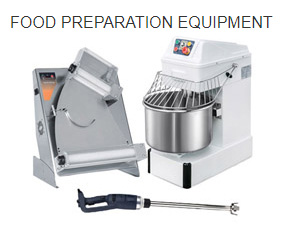
They’re super easy to clean. When it comes to blending, food processors work wonders. While conventional blenders are good, food processors can take bigger batches and process faster with their sophisticated blades.
If your commercial kitchen is creating a bulk amount of dough, you'd definitely appreciate having a commercial mixer or two in hand. It’s the kind of investment you wouldn’t regret.
It can work the entire bowl to create perfectly aerated and mixed dough. It can also create whipping cream, and cake mix, among others. This equipment can give you full control over rotation, kneading time and speed.
Hand blenders are a must-have for cooks. Unlike bigger blenders, they can be held by hand. You can stick them into jars, bowls, pots or cups and other vessels to chop, blend and puree. These kitchen tools are smaller and easy to store.
Just like conventional blenders, they offer unlimited capacities for processing foods. Commercial-grade items have powerful modes that can process smaller volumes or bigger batches. Most hand blender units are cordless for ultimate mobilities. There are also units that allow you to customise attachments like whisks, choppers and other attachments.
Then, of course, let’s not forget about vacuum sealers. Vacuum sellers in commercial kitchens need to be heavy-duty to process bulk batches. The bigger your kitchen's demand and the higher specification of the vacuum sealer you'll need.
Vacuum sealing protects foods from dehydration and freezer burn ensuring their taste and texture are retained. With a vacuum sealer, food, ingredients and condiments stay fresher for a longer time.
You can also use the sealer for storing seasonal items like berries and tomatoes to preserve. Use for marinating and this tool changes the game positively, big time.
Unlike their domestic counterparts, commercial-grade vacuum sealers work quickly and efficiently even if you have a big batch to process.
Recap: Equipping Your Kitchen with the Right Appliances and Tools
Appliances are available in many models, price ranges, finishes, features and capacities. The best way to narrow down your option is to know what your menus are and what the budget is.
Of course, do not impulse buy especially on bigger equipment like refrigeration units or gas ranges. Think of space capacity, energy efficiency, menu compatibility, long-term use, your needs, and restaurant theme.
Pick your item from a trustworthy local supplier. They offer good warranties and give advice on available options. They can also advise you on how to optimise your equipment via upgrades or add-ons.
Commercial Equipment and Tools Suppliers in Australia
Federal Hospitality Equipment (F.E.D.) is an Australian-owned importer and catering supplier of the most trusted brands of kitchen equipment and tools, specializing in a wide range of commercial kitchen equipment, including bain marie and bar fridges Australia offers. With our extensive selection of trusted brands, we offer top-quality tools and equipment to meet the needs of your business.
We also offer Silver Chef Rental Solutions and all our products are covered by a 30-day money-back guarantee. If you need assistance on choosing equipment or tool for your business, you can call us for advice at 1300 659 409.
